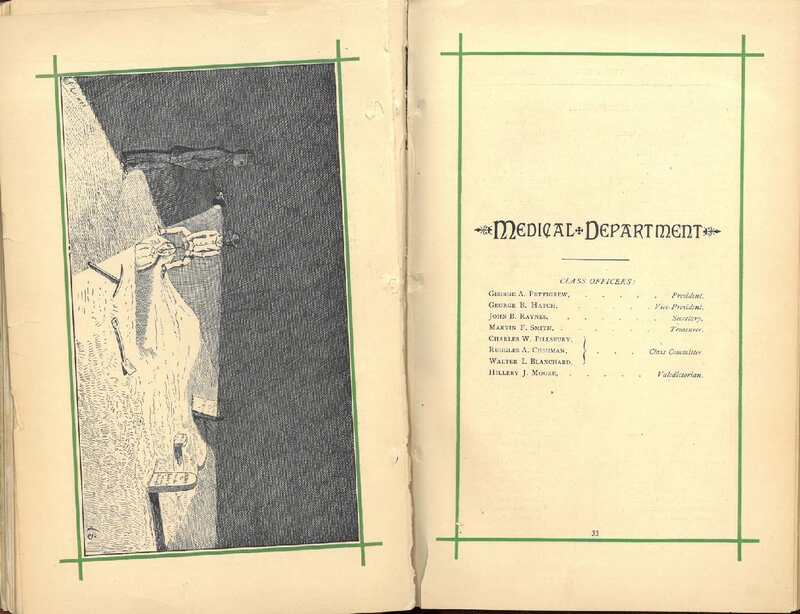Introduction to Anatomical Donation
The study of anatomy and human dissection has always been a part of medical school curricula and an important learning experience for doctors in training. However, the long history of how these bodies have been procured by medical schools is riddled with stories of crime, legal trouble, secrecy, and ultimately significant efforts to change societal perceptions related to dissection after death. In his article From Sacrilege to Privilege: The Tale of Body Procurement for Anatomical Dissection in the United States, Raphael Hulkower discusses how the act of learning anatomy through dissection has changed from a rite of passage that medical students had to get through to an emotional learning experience that can heighten students' sensitivity. It is a fascinating read, and echoes much of what James Reed III, current director of the Anatomical Gifts Program at the Geisel School of Medicine at Dartmouth, has to share on the subject in the last section of this exhibit, 1970s - 2020: Giving Back to Dartmouth.
Explore the history of anatomical donation at the Dartmouth Medical School from its earliest days in the late 1700s and 1800s - an era marked by graverobbing, arrests, and the kind of reputation one might expect the school to carry as a result - to the current Anatomical Gifts Program and the respectful and emotionally powerful ways in which students interact with donors and their families. Of course, such an overview can only scratch the surface. If you are interested in learning more, consider contacting Rauner Special Collections Library to access their wealth of materials on this subject.
"A History of Anatomical Donation at Dartmouth Medical School" was curated by Amanda Scull, with thanks to Morgan Swan, Ilana Grallert, Jay Satterfield, and James Reed III for sharing their research and expertise.

